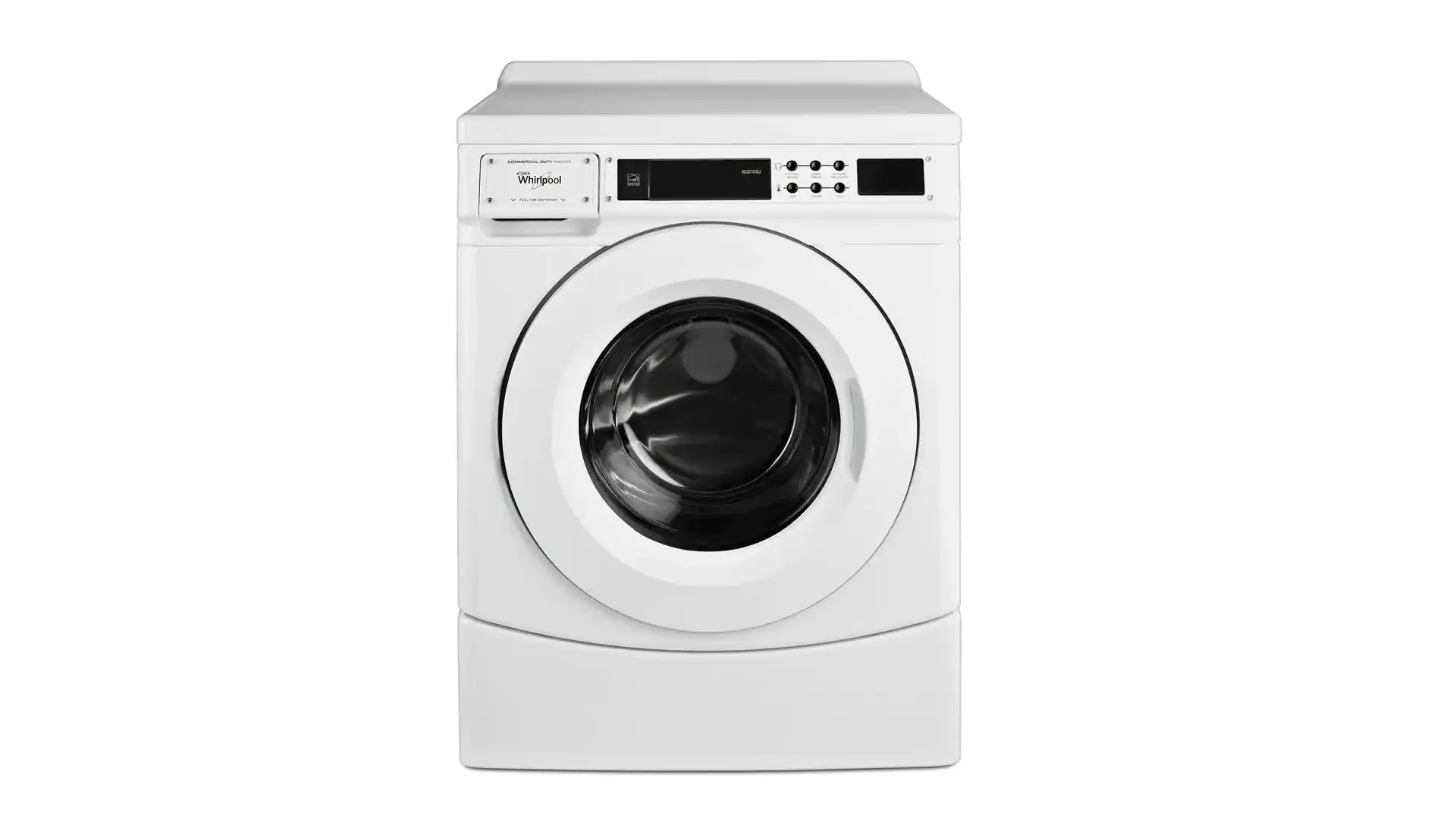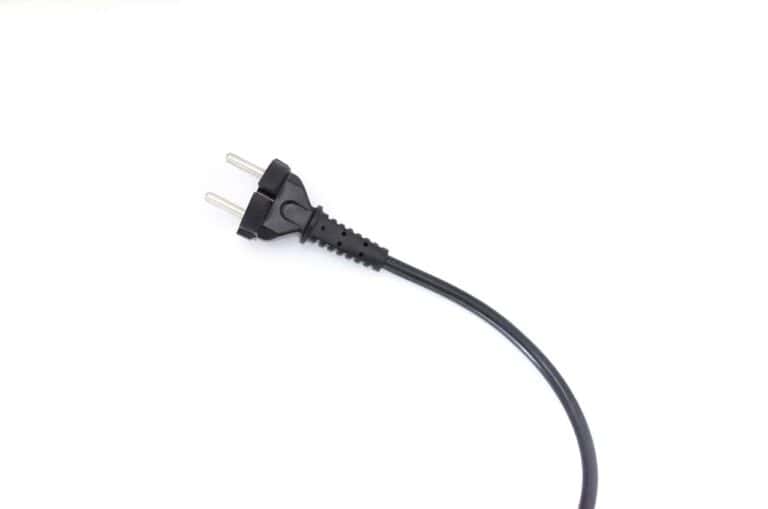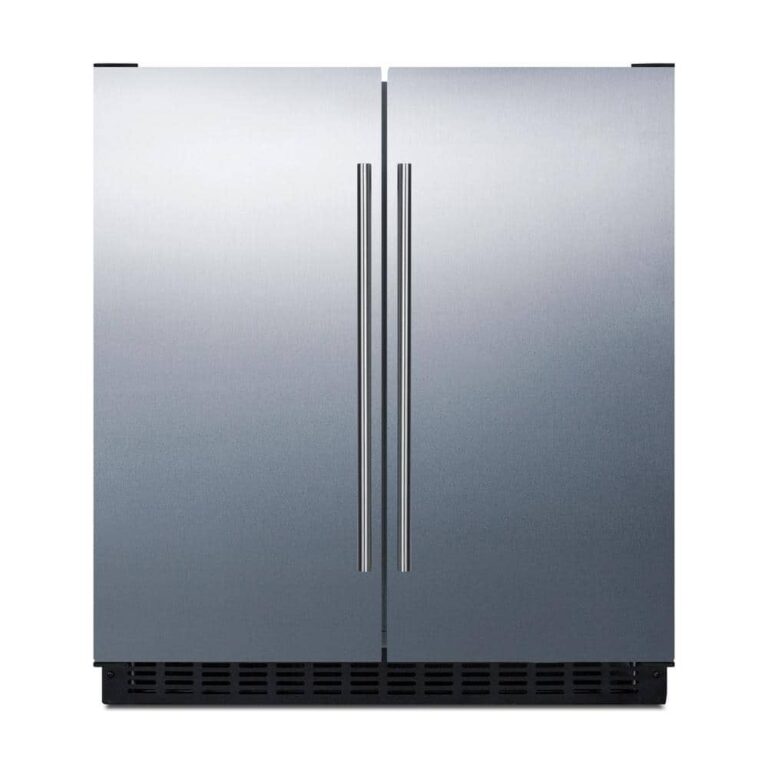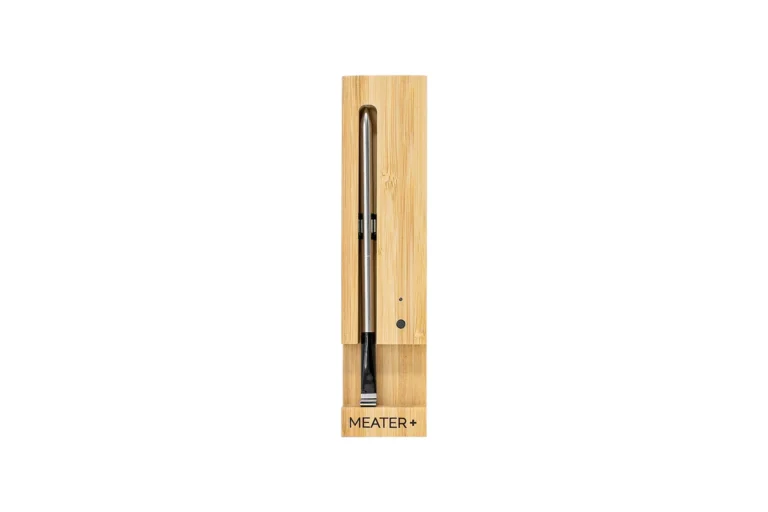
A slow-filling washing machine can disrupt laundry routines and waste time. This common issue often stems from simple problems that homeowners can fix themselves. Clogged inlet screens, kinked hoses, or partially closed water valves are frequent culprits behind slow-filling washers.
Addressing these issues doesn’t always require professional help. Many fixes involve basic steps like cleaning filters, straightening hoses, or adjusting valves. These DIY solutions can save money and restore the washer’s efficiency quickly.
Regular maintenance can prevent slow-filling problems. Checking hoses and cleaning filters periodically helps keep the water flowing smoothly. This proactive approach extends the life of the washing machine and ensures optimal performance.
Troubleshooting a Slow-Filling Washing Machine
Common Causes of Slow Filling
A washing machine that takes a long time to fill can be a real problem. It wastes time and can affect how well your clothes get clean. Several things can cause this issue. Let’s look at some of the most common reasons.
Low Water Pressure
One of the most frequent causes is low water pressure in your home. If the water pressure is weak, it will take longer for the water to flow into the washing machine. You can check your home’s water pressure with a gauge. If it’s low, you may need to contact a plumber.
Clogged Water Inlet Hoses
The hoses that connect your washing machine to the water supply can become clogged. Small bits of debris, like rust or sediment, can build up inside the hoses. This blockage restricts water flow. You should check these hoses regularly and clean them if needed.
Blocked Inlet Filters
Where the water hoses connect to the washing machine, there are small screens called inlet filters. These filters stop debris from entering the machine. Over time, these filters can become clogged. Cleaning them is a simple task that can greatly improve water flow.
Faulty Water Inlet Valve
The water inlet valve controls the flow of water into the washing machine. If this valve is faulty, it may not open fully, restricting water flow. This valve might need to be replaced by a qualified technician.
Kinked or Bent Hoses
Sometimes, the water hoses behind the washing machine can become kinked or bent. This restricts water flow, much like a clog. Make sure the hoses are straight and not twisted.
Troubleshooting Steps
Here are some steps you can take to try and fix the problem yourself:
- Check Water Pressure: Turn on other faucets in your house. If the water flow is weak everywhere, you likely have a water pressure issue.
- Inspect Inlet Hoses: Disconnect the hoses and check for any kinks, bends, or blockages. Clean them if necessary.
- Clean Inlet Filters: Locate the filters where the hoses connect to the machine. Carefully remove and clean them. A small brush can help.
- Check Hot and Cold Faucets: Ensure both hot and cold water faucets connected to the machine are fully open.
When to Call a Professional
If you have checked all these things and your washing machine is still filling slowly, it’s time to call a professional. A qualified appliance repair technician can diagnose and fix more complex issues, such as a faulty water inlet valve or other internal problems.
Preventative Maintenance
Regular maintenance can help prevent future problems. Here are some tips:
- Clean Inlet Filters Regularly: Do this every few months to prevent build-up.
- Inspect Hoses: Check hoses for wear and tear and replace them if needed.
- Check Water Pressure Periodically: This helps you catch problems early.
Troubleshooting Checklist
Here’s a quick checklist of common causes and solutions.
| Problem | Possible Solution |
|---|---|
| Low Water Pressure | Check home water pressure, contact plumber if needed. |
| Clogged Inlet Hoses | Inspect and clean hoses. |
| Blocked Inlet Filters | Clean inlet filters. |
| Faulty Water Inlet Valve | Contact appliance repair technician. |
| Kinked or Bent Hoses | Straighten hoses. |
Key Takeaways
- Slow-filling washers often have clogged filters or restricted water flow
- Many fixes are simple DIY tasks that don’t require a professional
- Regular maintenance prevents slow-filling issues and extends the washer’s life
Understanding Water Inlet Mechanisms
A slow-filling washing machine can disrupt laundry routines and may result from issues like kinked hoses or more complex internal problems. Understanding these causes helps homeowners troubleshoot effectively and decide when to seek professional help. The article outlines common reasons for slow filling and offers practical diagnosis and resolution steps, emphasizing the importance of water inlet mechanisms in controlling flow, regulating pressure, and ensuring proper water levels for cleaning.
Role of Water Inlet Valve
The water inlet valve is a key component in washing machines. It controls the flow of hot and cold water into the drum. This valve opens and closes based on signals from the machine’s control board.
Inlet valves have separate channels for hot and cold water. They mix these streams to achieve the right temperature for each cycle. A faulty valve can lead to slow filling or no water at all.
Regular maintenance of the inlet valve is essential. This includes checking for debris and ensuring proper electrical connections.
Water Pressure and Water Level
Water pressure directly affects how quickly a washing machine fills. Low pressure can result in slow filling times. Most washing machines require a minimum of 20 PSI to function properly.
The water level switch monitors the amount of water in the drum. It signals the inlet valve to stop when the correct level is reached. A malfunctioning switch can cause overfilling or underfilling.
Hard water deposits can interfere with water level sensors. Regular cleaning and descaling help maintain accurate readings.
Symptoms of Inlet Screen Blockage
Inlet screens prevent debris from entering the washing machine. These screens can become clogged over time, reducing water flow.
Signs of a blocked inlet screen include:
- Longer fill times
- Uneven water distribution
- Strange noises during filling
To check for blockages, turn off the water supply and disconnect the hoses. Inspect the screens for debris or mineral buildup. Clean or replace them as needed.
Regular cleaning of inlet screens can prevent many water flow issues. This simple maintenance task can significantly improve washing machine performance.
Troubleshooting Guides
Diagnosing a slow-filling washing machine requires a systematic approach. Proper testing and error code interpretation can pinpoint the underlying issue.
Step-by-Step Diagnosis
Start by checking the water supply. Turn off both hot and cold water valves. Disconnect the hoses and inspect the inlet screens. Clean or replace clogged screens.
Reconnect the hoses and turn the valves back on. Open the washer door and place the hoses in the drum. Turn on the water supply to check pressure. Low pressure may indicate a problem with your home’s plumbing.
Examine the fill hoses for kinks or damage. Replace if necessary. Inspect the water inlet valve for signs of wear or malfunction. A faulty valve can restrict water flow.
Using a Multimeter for Testing
A multimeter helps test electrical components. Set it to measure resistance (ohms). Unplug the washer and locate the water inlet valve.
Test each solenoid on the valve. Touch the multimeter probes to the terminals. A reading between 500 and 1500 ohms is normal. Infinity or zero indicates a faulty solenoid.
Check the pressure switch next. Disconnect its wires and test for continuity. The switch should open and close as water levels change. No continuity suggests a defective switch.
Identifying Error Codes
Error codes provide valuable diagnostic information. Consult your washer’s manual to locate and interpret codes. Common codes related to slow filling include:
- F9E1: Slow drain or pump issue
- IE or F06: Water inlet problem
- LO FL: Low water flow detected
Record any codes displayed. Research their meanings online or contact the manufacturer for guidance. Some codes may require professional service.
Reset the washer by unplugging it for one minute. This can sometimes clear minor electronic glitches. If problems persist, consider calling a technician for further diagnosis and repair.
DIY Fixes and Cleaning
Fixing a slow-filling washing machine often requires simple DIY solutions. These methods can save time and money without calling a professional.
Cleaning the Inlet Screen
The inlet screen is a common culprit for slow water flow. To clean it:
- Turn off the water supply.
- Unscrew the hoses from the back of the washer.
- Locate the small screens inside the water inlets.
- Remove the screens using needle-nose pliers.
- Rinse the screens under running water to remove debris.
- Scrub gently with a soft brush if needed.
- Reinsert the clean screens.
- Reconnect the hoses tightly.
This process typically takes 15-20 minutes and can significantly improve water flow.
Replacing the Water Fill Valve
If cleaning the screens doesn’t help, the fill valve may need replacement:
- Unplug the washer and turn off water supply.
- Remove the back panel of the washer.
- Locate the fill valve – it’s connected to the water inlet hoses.
- Disconnect the electrical connections and hoses.
- Remove the old valve.
- Install the new valve, ensuring proper connections.
- Reattach the back panel and reconnect power and water.
This repair usually costs $20-$50 for parts and takes about an hour.
Preventing Future Water Flow Issues
Regular maintenance can prevent slow filling:
- Clean inlet screens every 6 months.
- Check hoses for kinks or damage regularly.
- Replace hoses every 3-5 years to prevent leaks.
- Use water softeners in hard water areas to reduce mineral buildup.
- Run empty hot water cycles monthly to flush out deposits.
These steps help maintain optimal water flow and extend the life of your washing machine.
Additional Considerations
Addressing slow-filling washing machines requires a comprehensive approach. Homeowners should examine plumbing integrity, tackle low water pressure issues, and implement safeguards against potential water damage.
Assessing Plumbing Integrity
Plumbing issues can significantly impact washing machine performance. Check all pipes and connections for leaks or blockages. Inspect the water supply hoses for kinks, cracks, or signs of wear.
Replace old or damaged hoses every 3-5 years to prevent failures. Use braided stainless steel hoses for increased durability. Ensure proper installation of hoses to avoid pinching or twisting.
Clean inlet filters regularly to prevent debris buildup. Remove filters and rinse under running water. Replace if damaged or heavily clogged. This simple maintenance can improve water flow and machine efficiency.
Dealing with Low Water Pressure
Low water pressure can cause slow filling in washing machines. Test pressure by running nearby faucets. If pressure is consistently low, contact the local water utility for information on area-wide issues.
Install a water pressure booster pump if needed. These devices increase water pressure throughout the home. Consult a plumber for proper sizing and installation.
Check the main water valve to ensure it’s fully open. Partially closed valves restrict water flow. Inspect individual shut-off valves for the washing machine as well.
Consider upgrading to a high-efficiency washing machine designed to operate with lower water pressure. These models can provide effective cleaning while using less water.
Safeguards Against Water Damage
Implement preventive measures to protect against potential water damage. Install a leak detection system near the washing machine. These devices alert homeowners to leaks and can automatically shut off the water supply.
Place the washing machine in a drain pan to contain small leaks or overflows. Ensure proper drainage for the pan to prevent water accumulation.
Regularly inspect the lid switch and main control board for signs of wear or malfunction. A faulty lid switch can disrupt the fill cycle, while control board issues may cause erratic water flow.
Consider installing water-resistant flooring in laundry areas. This added protection can minimize damage if leaks occur. Proper ventilation in laundry rooms helps prevent moisture buildup and mold growth.
Frequently Asked Questions
Slow-filling washing machines can stem from various issues. Understanding common problems and solutions helps diagnose and fix these issues efficiently.
What causes a top load washer to fill with water at a reduced rate?
Several factors can slow down water filling in top load washers. Clogged inlet filters often restrict water flow. Low water pressure from the home’s plumbing system can also cause slow filling. Faulty water inlet valves may not open fully, limiting water entry.
How can I troubleshoot a slow water inlet issue in a Whirlpool washing machine?
Start by checking the water supply hoses for kinks or damage. Inspect and clean the inlet screens if they’re clogged. Test the water pressure from the faucets. If these steps don’t work, the water inlet valve may need replacement.
Are there common problems that lead to slow filling in front load washing machines?
Front load washers face similar issues to top loaders. Mineral buildup in hoses or valves can restrict flow. Faulty water level sensors may cause the machine to underfill. Damaged or worn-out inlet valves often lead to slow filling in these machines.
What steps are involved in cleaning a washing machine’s water inlet valve?
Turn off the water supply and unplug the machine. Remove the hoses from the valve. Clean the screens with a brush or compressed air. Soak the valve in vinegar to dissolve mineral deposits. Rinse thoroughly before reassembling.
Can blocked inlet screens cause a washing machine to fill slowly?
Yes, blocked inlet screens significantly impact filling speed. These screens catch debris from water pipes. Over time, they accumulate sediment and mineral deposits. Regular cleaning or replacement of these screens often resolves slow filling issues.
What should be done if a washer slowly fills with water when not in use?
This issue typically indicates a faulty water inlet valve. The valve may not be closing properly, allowing water to seep in. Inspect the valve for damage or wear. Replace the valve if it’s not functioning correctly. Check for any leaks around hose connections as well.






